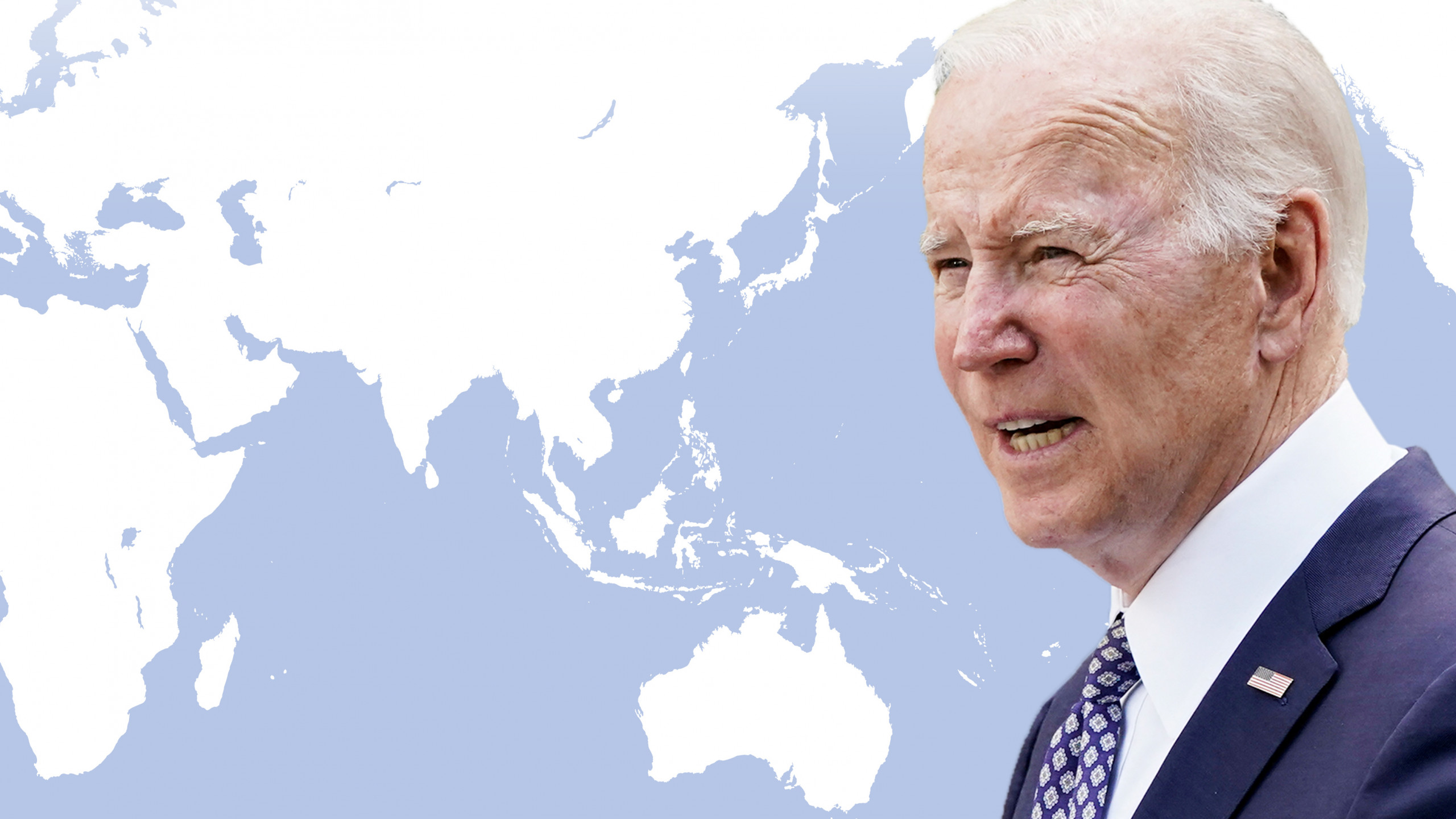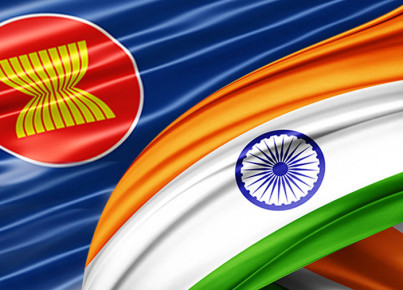The semiconductor supply chain has been in crisis since 2020 and the shortage will continue. It takes little to stop global trade flows. Governments want to invest in the sector to strengthen their technological autonomy, and ASEAN and the EU could play an important role.
2021 looks like an annus horribilis for global trade, even more so than 2020. Many sectors of the economy have benefitted from the post-crisis rebound and seem to be returning to pre-pandemic levels. Other sectors, however, are still struggling, with tangible effects on consumers. Energy, raw materials, cars, IT products. Everything is more difficult to obtain and therefore more expensive. Of particular relevance is the shortage of chips, which are now essential components for many everyday objects. The global crisis in the semiconductor supply chain is an excellent case study for understanding the nature and fragility of the globalised economy. And it affects ASEAN countries closely: a couple of them - Singapore and Malaysia - are among the main global producers and a large proportion of chips, even when they come from other parts of Asia, pass through the seas of South-East Asia.
The global value chain for semiconductors has very particular characteristics. All the world's economies need these products, yet their manufacture is concentrated in very few countries that are interdependent since nearly every stage of the production chain takes place in a different country. Companies in each country have specialised in a specific stage of production or a certain type of chip, sometimes creating regional monopolies. For example, 92% of semiconductors below 10 nanometres are produced in Taiwan. One EU company, ASML, is the world's only producer of EUV scanners, an essential piece of equipment to produce sub-7 nanometres chips in Taiwan. This dense network of trade has prompted governments to significantly reduce tariffs and semiconductors are indeed among the least taxed products in the global trade system.
Chips need to circulate and need a liberalised and interconnected global market. Major events that can slow down trade flows, such as the Covid crisis, can produce a succession of bottlenecks and ultimately the unprecedented global shortage we are witnessing. Many chip factories in Asia have been forced to close or reduce production due to the pandemic. The transportation industry is also going through a crisis and can no longer distribute semiconductors produced in Asia to the rest of the world. Increasing production capacity in Asia may not be enough if there is a lack of carriers. The trade war between the US and China waged by Donald Trump until last year also had an impact: restrictions on imports of Chinese chips led American companies to turn to Taiwan Semiconductor Manufacturing Co. (TSMC) and Korea's Samsung, whose production levels were already stretched to the limit. However, the Covid crisis or trade tensions are not the only triggers. What is new is that even smaller events, which at first glance may only be of local relevance, have global effects.
‘A flap of a butterfly's wings in Brazil can set off a tornado in Texas’. The butterfly effect theorised by US meteorologist Edward Lorenz also applies to globalisation and the semiconductor market. A failed manoeuvre by a single ship - built in Japan, operated by a Taiwanese company, registered in Panama and managed by a German company: the now-famous Ever Given - blocked the Suez Canal for days, stopping 12% of world trade and almost $10 billion in goods for every day of obstruction. A few weeks after the Suez incident, another seemingly local event, the drought in Taiwan, had a negative impact on the global semiconductor market - and drew public attention to how much water is needed for their production. A few weeks earlier, a fire in a single factory in Japan had dealt a further blow to the sector’s capacity, causing the concern of the global automotive industry, for which chips are increasingly indispensable.
How long will it take to resolve this crisis, according. to the chipmakers? At least another year. Lisa Su, CEO of AMD, believes the situation will improve in 2022, while Pat Gelsinger, head of Intel, is less optimistic and predicts that the semiconductor shortage will last until 2023. In the short term, semiconductor prices will remain sky-high, partly due to the hoarding of chips by companies. Hoarding is taking on unexpected dimensions and forms, even causing the Biden administration to react. On eBay and other online platforms, freelancers are active, buying single, used or disassembled parts at auction and then reselling them to companies. A symptom of the hardship business is facing in procurement. It is natural then to ask how companies and governments are dealing with the emergency. The consensus solution seems to be massive investment plans to increase production. However, the US and EU governments want new plants to open on their territory. The issue goes far beyond the strengthening of the supply chain or economic and employment returns: semiconductors are a strategic asset too important to leave them to the monopoly of Asian countries. In Joe Biden's and Ursula Von der Leyen's speeches on the subject, expressions such as 'national security' and 'technological sovereignty' come up more and more often. Companies too are interested in moving part of their production out of Asia, especially when they are promised generous incentives by governments: TSMC has already started building a $12 billion plant in Arizona and promises further investments in the US, while Intel intends to invest up to $80 billion to open new factories in the EU. The only question is: where? Italy is courting the American gian to attract part of the investment, as is Baviera since one of the plants will probably be built in Germany.
Unfortunately, these projects may not have the desired effect. Although the global value chain of semiconductors is carefully and rigorously studied by experts, it remains difficult to codify the competitive advantages of the sector’s leading companies. Much of the know-how required falls into the realm of tacit knowledge and cannot easily be transferred from the factories in Asia to those in Europe or the USA. So much so that companies build new plants by strictly reproducing the organisation and layout of their existing ones - in line with its famous Copy Exactly! strategy, Intel reproduces details such as barometric pressure, the colour temperature of the lighting or the colour of workers’ gloves. Moreover, the fact that global semiconductor production is so concentrated in a single region, East Asia, and depends on a dense network of regional value chains is a weakness but also a strength of the industry. Will the new factories in the EU or the USA be able to find their place in the global value chain? Will they be able to be competitive?
ASEAN countries can play an important role in the future of semiconductors and already account for 22% of world exports of electronic components. As mentioned above, Singapore and Malaysia are major players in the sector and could attract new investment from the USA, Taiwan and Korea. Thailand and Vietnam have launched ambitious incentive and investment plans to encourage the growth of the sector in their territory. Although Hanoi should pursue an ambitious plan of infrastructure upgrades and reforms if it wants to attract foreign direct investment. Indonesia is also a promising environment for the development of the semiconductor industry, even if this development is held back by a lack of infrastructure and deep free trade agreements. Even for semiconductors, trade deals will play a crucial role in the development of regional and global supply chains: all ASEAN countries are part of the RCEP agreement and, among them, Singapore and Vietnam already benefit from very close trade ties with the EU.
It is difficult to predict the future of the global semiconductor market. Or rather, where that future will take place. The traditional producer states intend to maintain their central role, while the ASEAN countries, the EU and the USA want to start playing a greater part. The only certain thing is that the sector will attract billions of dollars in private and public investment in the years to come.
I thank Filippo Bizzotto for his assistance throughout the writing and revision of the manuscript.






